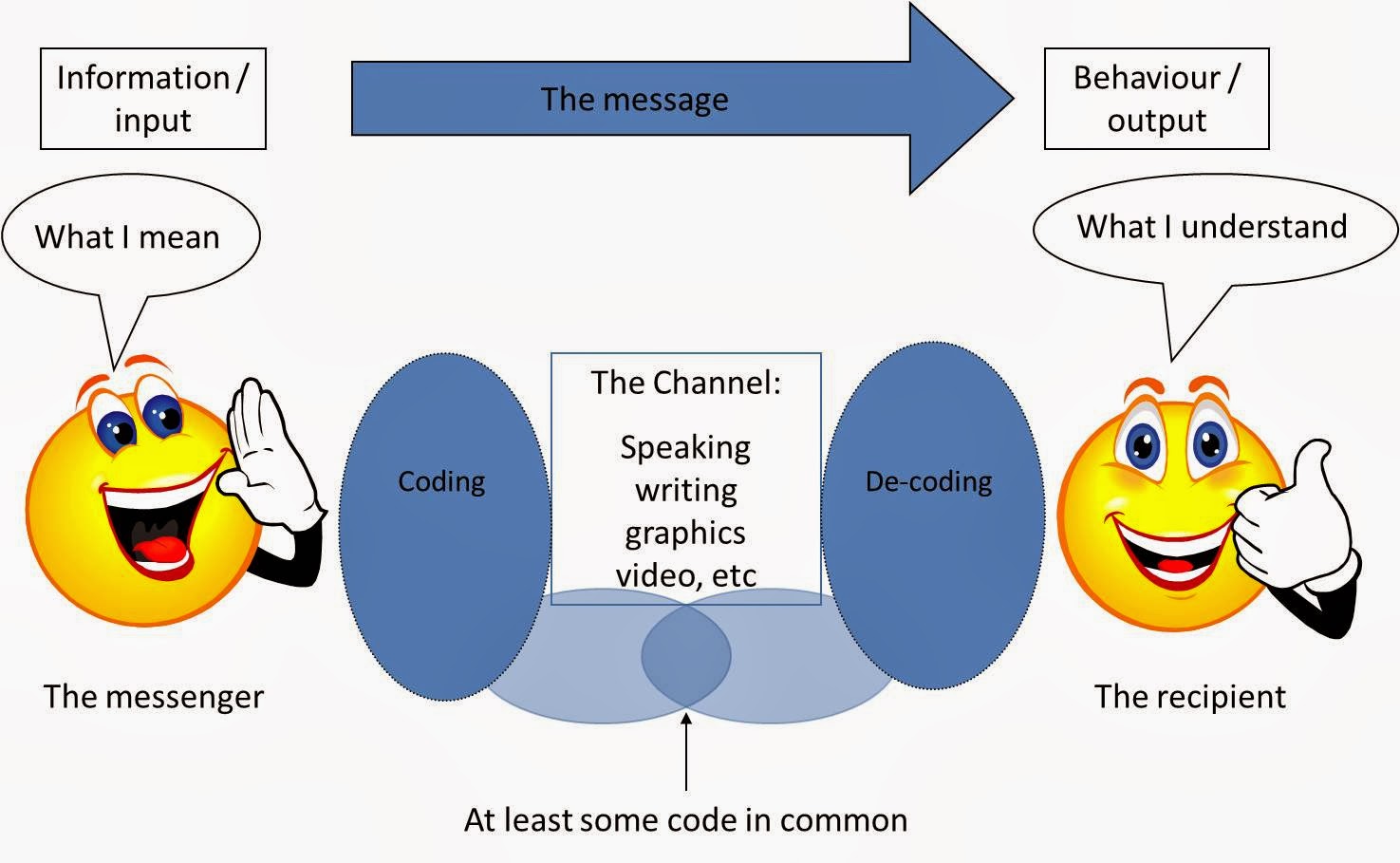Types of Vocabulary and Ways to Turn Passive Vocabulary into Active Vocabulary
Active Vocabulary vs. Passive Vocabulary
Active Vocabulary consists of words a person can
recall and use correctly in speaking or writing. These words come to mind
immediately when you want to express yourself. Active Vocabulary represents the
words you are comfortable with in daily use, indicating greater
mastery over those words.
Passive Vocabulary includes words that a person
understands when they hear them or see them in writing but cannot use actively
in their speech or writing. This Vocabulary is recognised and understood in
context but is not readily accessible for active use. Passive Vocabulary is
usually larger than active Vocabulary because it includes many words that are recognised
but not actively used.
Difference Between Active and Passive Vocabulary
The main difference lies in the usage: active Vocabulary is
readily used in speech and writing, while passive Vocabulary is recognised but
not used in active expression. Active Vocabulary requires a deeper
understanding and comfort with the word, including its connotations,
appropriate contexts, and collocations, whereas passive Vocabulary requires
only recognition and a basic understanding of meaning.
Ways to Turn Passive Vocabulary into Active Vocabulary
To convert passive Vocabulary into active Vocabulary, one
can employ various strategies:
- Frequent
Usage: Integrate passive vocabulary words into daily use by speaking
or writing practice using new words in sentences, conversations, or
journal entries.
- Example:
If you understand the word "prodigious" but rarely use it,
start incorporating it into descriptions of impressive things ("She
has a prodigious memory").
- Contextual
Learning: Learn and practice words in context rather than isolation.
Understanding how a word is used in sentences or specific scenarios can
help you add it to your active Vocabulary.
- Example:
Learn "elucidate" by seeing it in a sentence: "The
professor elucidated complex concepts with simple examples."
- Synonyms
and Antonyms: Connect new words with synonyms and antonyms you already
actively use. This association can help trigger recall.
- Example:
For "fastidious," remember it by associating it with
"meticulous" (a synonym) and "careless" (an antonym).
- Flashcards:
Create flashcards with the word on one side and a definition, sentence, or
picture on the other. Regular review can move words from passive to active
memory.
- Example:
Flashcard with "ephemeral" on one side and "lasting a very
short time" with a sentence like "The rainbow's beauty was
ephemeral" on the other.
- Engagement
with Media: Engage actively with media (reading, listening to
podcasts, watching films) in your learning language. Pause when you recognise
passive vocabulary words and try using them in sentences.
- Example:
While reading a novel that uses the word "taciturn," pause to
make your sentence like "My brother is quite taciturn, preferring to
listen rather than talk."
- Language
Games: Participate in word games and language apps that challenge you
to use a wide range of Vocabulary. These can make learning more engaging
and memorable.
- Example:
Play Scrabble or Words with Friends using a dictionary to learn new words
as you play.
- Writing
Exercises: Regular writing exercises that use new Vocabulary can help.
Challenge yourself to write essays, stories, or diary entries using words
from your passive Vocabulary.
- Example:
Write a short story using "insidious," "venerate,"
and "ubiquitous."
- Speaking
Practice: Practice speaking with friends, language exchange partners,
or tutors, focusing on using words from your passive Vocabulary in
conversation.
- Example:
Talk about technology trends using words like "obsolete" and
"innovative."
- Feedback
and Correction: Seek feedback on your writing and speaking from
teachers or native speakers who can correct your usage, helping you learn
the proper contexts and nuances.
- Example:
Write an essay on environmental conservation using words like
"sustainable" and "biodiversity," then have it
reviewed by a teacher.
- Mnemonic
Devices: Create mnemonic devices or stories around words to better
remember their meanings and applications.
- Example:
Remember "pandemonium" (chaotic situation) by picturing a
"panda in a monsoon" to trigger the word's meaning and context.
By actively engaging with passive Vocabulary through these strategies, learners can significantly expand their active Vocabulary, improving their comprehension and expressive capabilities in the language.


Comments
Post a Comment